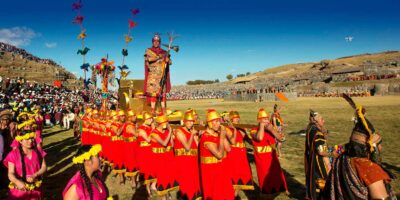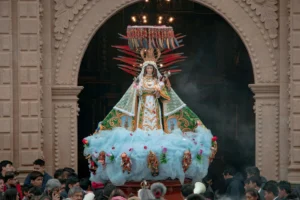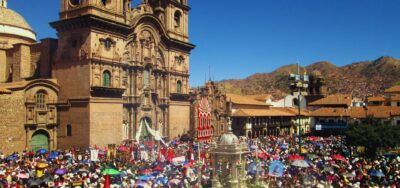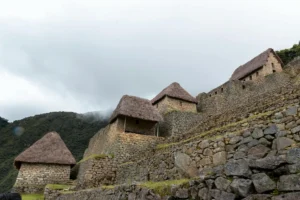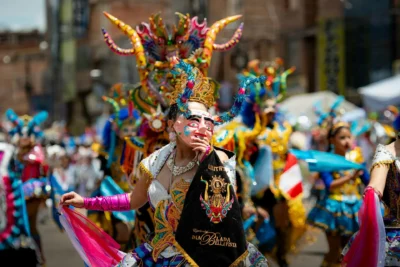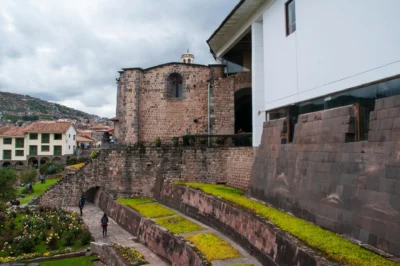What is Inti Raymi?
As you immerse yourself in the majestic celebration of Inti Raymi, you will discover that this dazzling festivity represents the highest spiritual expression of the ancient Inca Empire. You, as a privileged spectator, could witness the most impressive and colorful cultural manifestation of Peru, which each year is revived with splendid vigor in the millenary city of Cusco. This masterful ceremony, whose Quechua name means “Festival of the Sun”, is a reverent tribute to the god Inti, the supreme solar deity worshipped by the Incas with deep devotion.
In your journey through this ancestral tradition, you will understand that Inti Raymi is not just a celebration, but a meticulous ritual that marks the winter solstice in the southern hemisphere (June 24). On this crucial date in the Andean calendar, you will have the opportunity to immerse yourself in a transformative experience that connects the present with the glorious pre-Columbian past through colorful dances, ceremonial chants, and theatrical performances that awaken the senses.
What Does the Sun Mean in Inti Raymi?
The solar star represents, for you as a participant in this festivity, much more than a simple source of light and heat. By witnessing Inti Raymi, you will understand that Inti embodies the primordial divine essence of the Inca pantheon, considered the celestial progenitor of the entire civilization.
During the ceremony, your eyes will witness how the Sun becomes the undisputed protagonist, a symbol of rebirth and the cyclical renewal of life. For the ancient Andean people, whose beliefs are revived in these rituals, Inti marked the beginning of a new annual cycle and blessed the upcoming harvests. Your participation in this celebration allows you to connect with this millennial worldview, where gratitude for the fertility of the land and the abundance of crops is expressed in every ritual gesture.

Inti Raymi in the Inca Era
When you immerse yourself in the history of the Inca Empire, you will discover that this lavish celebration was established by the visionary Inca Pachacútec around the year 1430. Under his transformative reign, Inti Raymi became the grandest and most significant festivity of the Tahuantinsuyo, gathering crowds from the four suyos (regions) of the empire.
In that radiant era, you would have witnessed how the celebration extended over fifteen dazzling days, during which the Inca elite and representatives from across the empire suspended their usual activities to fully devote themselves to the ceremonial rites of solar worship. Magnificent sacrifices of white llamas, sumptuous offerings of chicha, and priceless gold objects—metal considered the “sweat of the sun”—were the most precious tributes offered to the god Inti.
History of the Inti Raymi Reenactment
Your curiosity about how this magnificent tradition resurfaced will lead you to discover that, after centuries of prohibition during the colonial period, Inti Raymi was gloriously revived in 1944. This cultural restoration came to life thanks to the inspired initiative of Cusco historian Humberto Vidal Unda and the American Institute of Art, who conceived the idea of reinstating the celebration as part of Peruvian cultural identity.
The first contemporary Inti Raymi you would witness featured the extraordinary participation of Cusco writer and actor Faustino Espinoza Navarro, who masterfully portrayed the Inca and directed the ceremonial reconstruction based on the writings of Inca Garcilaso de la Vega. This cultural milestone marked the beginning of a renewed tradition that, in 2001, was officially declared Cultural Heritage of the Nation and Official Act of National Identity of Peru, recognizing its invaluable contribution to preserving Andean historical memory.
Inti Raymi Today
By participating in the contemporary Inti Raymi, you will marvel at a spectacular staging that combines historical accuracy with impressive theatricality. The current celebration has evolved into a world-class tourist event that annually attracts tens of thousands of national and international visitors.
In your modern Inti Raymi experience, you will witness how approximately 800 Cusco actors meticulously recreate the ceremonial roles, wearing dazzling Inca costumes that reflect the social hierarchy of the time. The dialogues, performed entirely in Quechua, the ancestral language of the Incas, will transport you to a distant era, allowing you to feel the spiritual energy that once filled the Andean civilization. This contemporary experience awakens in each spectator a deep sense of pride and cultural identity that revalues the glorious Inca past.
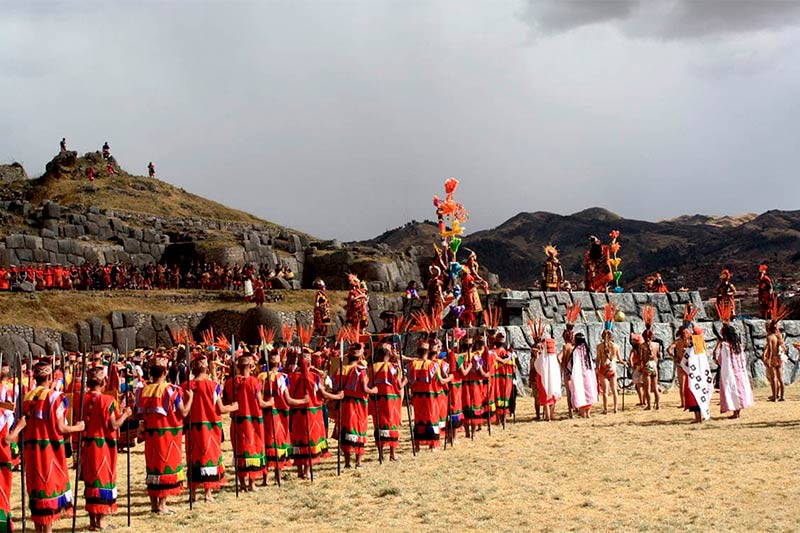
Comparison: Inti Raymi of the Inca Empire vs. Today
By contrasting both eras, you will notice fascinating similarities and revealing differences. In the Inca period, you would have witnessed an exclusively religious ceremony with authentic ritual sacrifices and participation limited to the nobility and imperial representatives. The original festivity lasted fifteen intense days of spiritual devotion and gratitude to the sun god.
In contrast, the Inti Raymi you experience today has been transformed into a theatrical reenactment that preserves the ritual essence while adapting certain elements to contemporary sensibilities. The modern celebration lasts one day and has been democratized, allowing everyone to enjoy this cultural event. While animal sacrifices are symbolically represented, the spiritual message of connection with the earth and cosmic forces remains intact, reminding you of the deep wisdom within the Andean worldview.
The Role of Women in the Inti Raymi Festival
During your participation in Inti Raymi, you will observe the prominent female role embodied mainly by the Coya (wife of the Inca), the ñustas (princesses), and the acllas (chosen women). These female figures represent essential aspects of the Andean cosmic balance, where the masculine and feminine complement each other harmoniously.
The Coya, whom you will see accompanying the Inca throughout the entire ceremonial procession, symbolizes the shared sovereignty and dual power that characterized the Inca government. The acllas, with their sweet chants dedicated to the Sun and the Inca, manifested the feminine spiritual connection with the deities. This representation allows you to appreciate how, within the Andean worldview, feminine energy was intrinsically linked to the fertility of the earth, abundance, and the continuity of the empire through its creative and nurturing power.
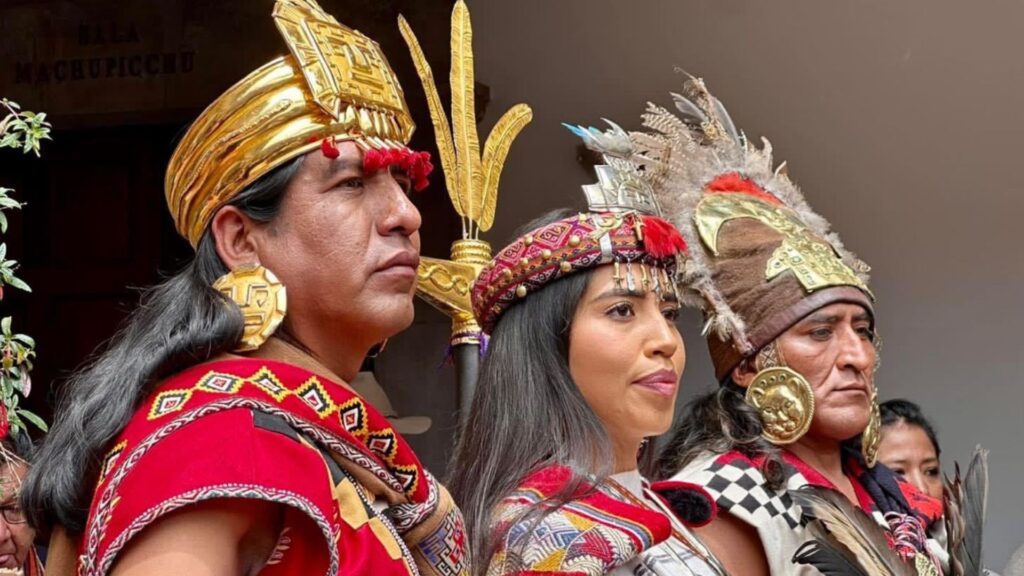
The Importance of Qhapac Ñan in Inti Raymi
As you explore the logistical aspects of the Inca Inti Raymi, you will discover the crucial relevance of the Qhapac Ñan, the masterful network of roads that interconnected the entire Tahuantinsuyo. This prodigious road system, considered one of the greatest engineering feats of the pre-Columbian era, facilitated the pilgrimage of thousands of imperial representatives to the Cusco capital during the solar celebration.
In your cultural exploration, you will understand that these roads were not mere communication routes, but sacred arteries that connected huacas (sacred places) and allowed ceremonial flow among the various regions of the empire. During the original Inti Raymi, the Qhapac Ñan held special spiritual significance as the path through which ancestral energy flowed, enabling representatives from the four suyos to converge in Cusco to honor the sun god, thus reinforcing the political, economic, and religious unity of the vast Inca territory.
Schedule and Details of Inti Raymi
When planning your attendance at the current Inti Raymi, you should keep in mind that the celebration takes place every June 24, coinciding with the southern winter solstice. The festive day begins early in the morning and is meticulously structured into three sequential ceremonial acts that will allow you to experience a fully immersive event.
Your itinerary will begin around 9:00 am at Qorikancha (Temple of the Sun), where you will witness the emotional “Salute to the Sun” that marks the official beginning of the festival. Later, around 11:30 am, you can head to Cusco’s Main Square (formerly Huacaypata) to attend the symbolic “Encounter of the Times and Coca Leaf Ceremony.” Finally, the main and most impressive act will take place on the esplanade of Sacsayhuamán starting at 1:30 pm, lasting for about two hours of spectacular ritual performance that will conclude around 3:30 pm.
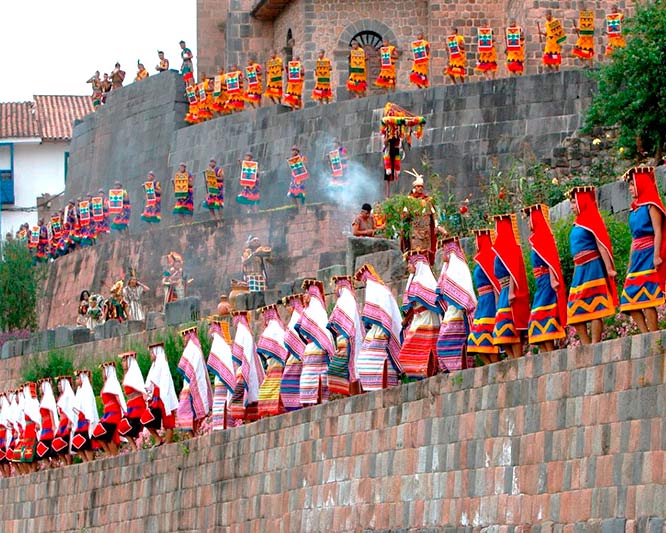
Traditional Route of Inti Raymi
Your participation in this fascinating festivity will lead you through three emblematic locations of deep historical and spiritual significance. The first stop on your journey will be the sacred Qorikancha (now the Convent of Santo Domingo), where you will witness the Inca making the first invocation to the Sun god amid the sounds of pututos (wind instruments) and the ceremonial entrance of acllas, musicians, and dancers.
Continuing your route, you will head toward Cusco’s Main Square, the site of the ancient Inca Huacaypata. There, you will witness the symbolic encounter between past and present, embodied in the meeting of the Inca with the current mayor of Cusco. The climax of your experience will arrive at the imposing esplanade of Sacsayhuamán, where the central ceremony unfolds in full splendor, offering you a complete sensory experience that fuses history, spirituality, and artistic expression in an unforgettable spectacle.
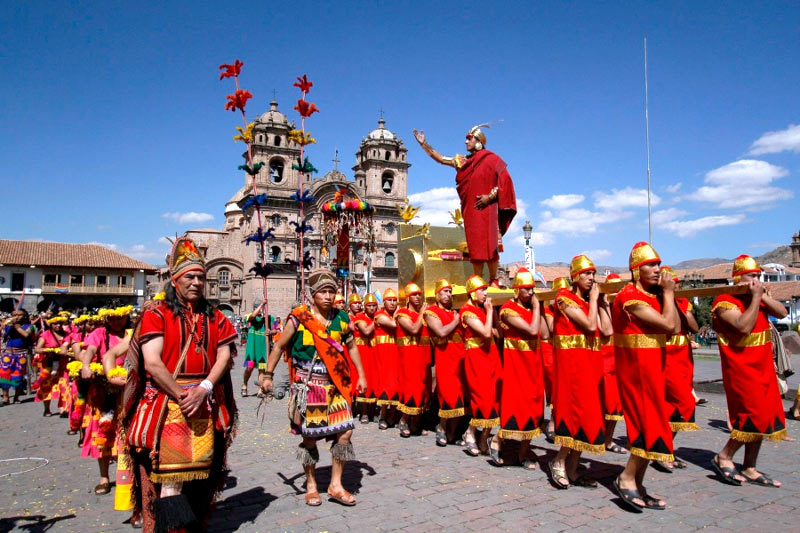
Location and Logistics of the Viewing Stands
To ensure you have the best possible experience, you should consider the different options available based on your budget and preferences. At both Qorikancha and Sacsayhuamán, you will find specially installed stands that require advance ticket purchase, with prices varying depending on location and desired visibility.
If you plan your visit well in advance, you can purchase tickets for privileged sections that guarantee an excellent view of all the ceremonial details. Alternatively, the performance in Cusco’s Main Square is free and open to the public, although you will need to arrive early to secure a good viewing spot. Keep in mind that due to the extraordinary popularity of the event, tickets for the best locations tend to sell out quickly, so we recommend making your reservation several months in advance if you wish to experience this ancestral celebration from a privileged perspective.
